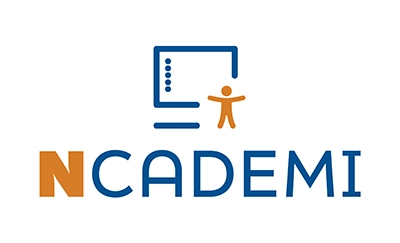ADA Title II and IDEA At a Glance
This chart shows the difference between Title II of the Americans with Disabilities Act (ADA) and the Individuals with Disabilities Education Act (IDEA) in how they relate to the provision of accessible digital educational materials for students with disabilities.
| Question | ADA Title II | IDEA |
|---|---|---|
| What is the laws’s purpose? | Protects the rights of people with disabilities from discrimination in many areas of public life. | Ensures eligible children with disabilities receive a free appropriate public education in the least restrictive environment, including special education and/or related aids and services. |
| What federal agencies oversee the law? | The Department of Justice Civil Rights Division is primarily responsible for overseeing ADA Title II. The Department of Education Office for Civil Rights enforces Title II for programs that receive federal financial assistance. | The Department of Education Office of Special Education and Rehabilitative Services and Office of Special Education Programs oversee the implementation of IDEA. |
| What state and local agencies are responsible for complying with the law? | Title II applies to all state and local government entities, including state and local educational agencies (SEAs and LEAs). | SEAs and LEAs are responsible for implementing IDEA requirements. |
| What types of educational materials are applicable to the law? | Web content and mobile applications, such as websites, digital textbooks, learning management systems, apps, videos, digital documents, and social media. For more information, refer to the ADA.gov fact sheet. | “Print instructional materials” are defined in IDEA 2004 as “printed textbooks and related printed core materials that are written and published primarily for use in elementary school and secondary school instruction and are required by a SEA or LEA for use by students in the classroom.” For more information, refer to the IDEA 2004 fact sheet. In 2020, a Notice of Interpretation (NOI) issued in the Federal Register clarified that the definition of “print instructional materials” can include certain digital instructional materials. Read the NOI. |
| What guidance is available for communicating with publishers and vendors in the procurement process? | Refer to the “Address Accessibility in Purchasing Decisions” section in Calls to Action of the Act Now: Understanding New PreK-12 Digital Accessibility Requirements webinar resources. | See page 5 of NIMAS & NIMAC: What SEAs and LEAs Need to Know for NIMAS-specific language to include in contracts or purchase orders. |
